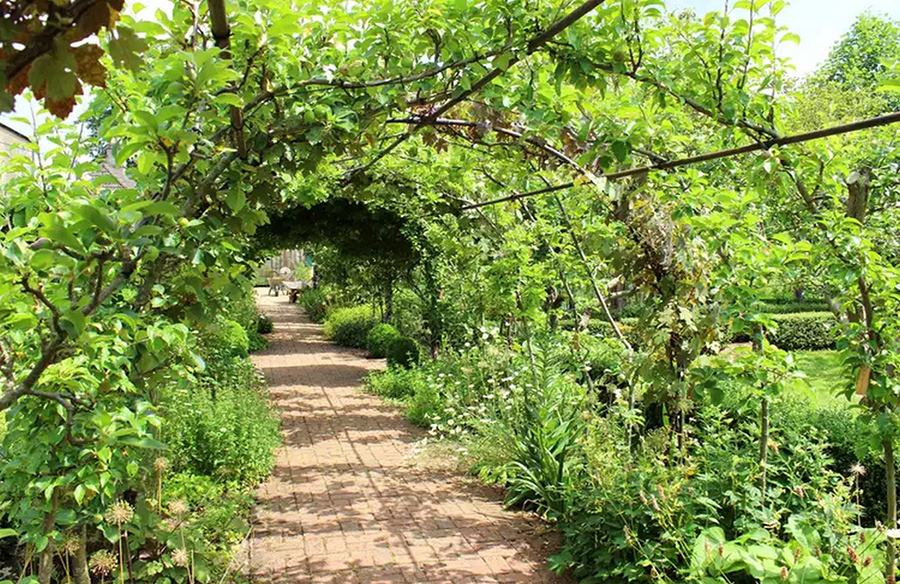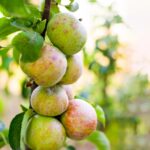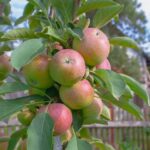Introduction
In the realm of small-space gardening, mastering the art of cordon growing can unlock a world of fruit-bearing possibilities. By training trees and shrubs into space-efficient columns, gardeners can maximize their yield potential even in limited areas. Let’s delve into the world of cordon growing and explore its benefits and techniques.
Understanding Cordon Growing
Cordon growing involves training and pruning plants to develop a single main stem or trunk, adorned with short fruit-bearing spurs along its length. This technique results in an upright or columnar form, ideal for space-saving cultivation. Cordons are typically supported by structures like trellises, wires, or stakes, allowing for vertical, angled, or horizontal growth.
Suitable Fruits for Cordons
A diverse array of fruits can thrive as cordons, from annuals like tomatoes to perennial trees and shrubs. Common choices include apples, pears, plums, cherries, currants, and gooseberries. While pre-trained cordon plants are available for purchase, gardeners can also undertake the training process themselves, starting with one-year-old trees known as maidens.
Selecting Suitable Varieties
When selecting fruit trees for cordon growing, it’s crucial to choose varieties with compatible rootstocks and scions. Rootstocks should be dwarfing or semi-dwarfing to control growth, while scions ideally bear spurs for abundant fruiting. Additionally, ensure that the chosen trees are self-fertile or have suitable pollination partners for optimal fruit production.
Support Structures and Planting Considerations
Providing adequate support is essential for cordon-grown fruits. Traditional methods involve horizontal wire systems or trellises, but various structures like polytunnels, pergolas, or even pots can serve as suitable supports. Plant spacing typically ranges from 20 to 30 inches apart, depending on the species and setup.
Pruning and Maintenance
Annual pruning is essential for cordon-grown fruits to maintain their compact form and encourage fruiting. Pruning methods and timing vary based on species and variety but generally involve focusing growth within a confined area to stimulate healthy fruit production. Proper maintenance ensures continued productivity and vigor in cordon plants.
Conclusion
Cordon growing offers an efficient and space-saving solution for cultivating fruit trees and shrubs in small gardens. By embracing this technique and selecting suitable varieties, gardeners can enjoy a bounty of fresh fruits year-round. With careful planning and maintenance, cordons can thrive in diverse environments, providing a fruitful harvest and enhancing the beauty of any garden space.







